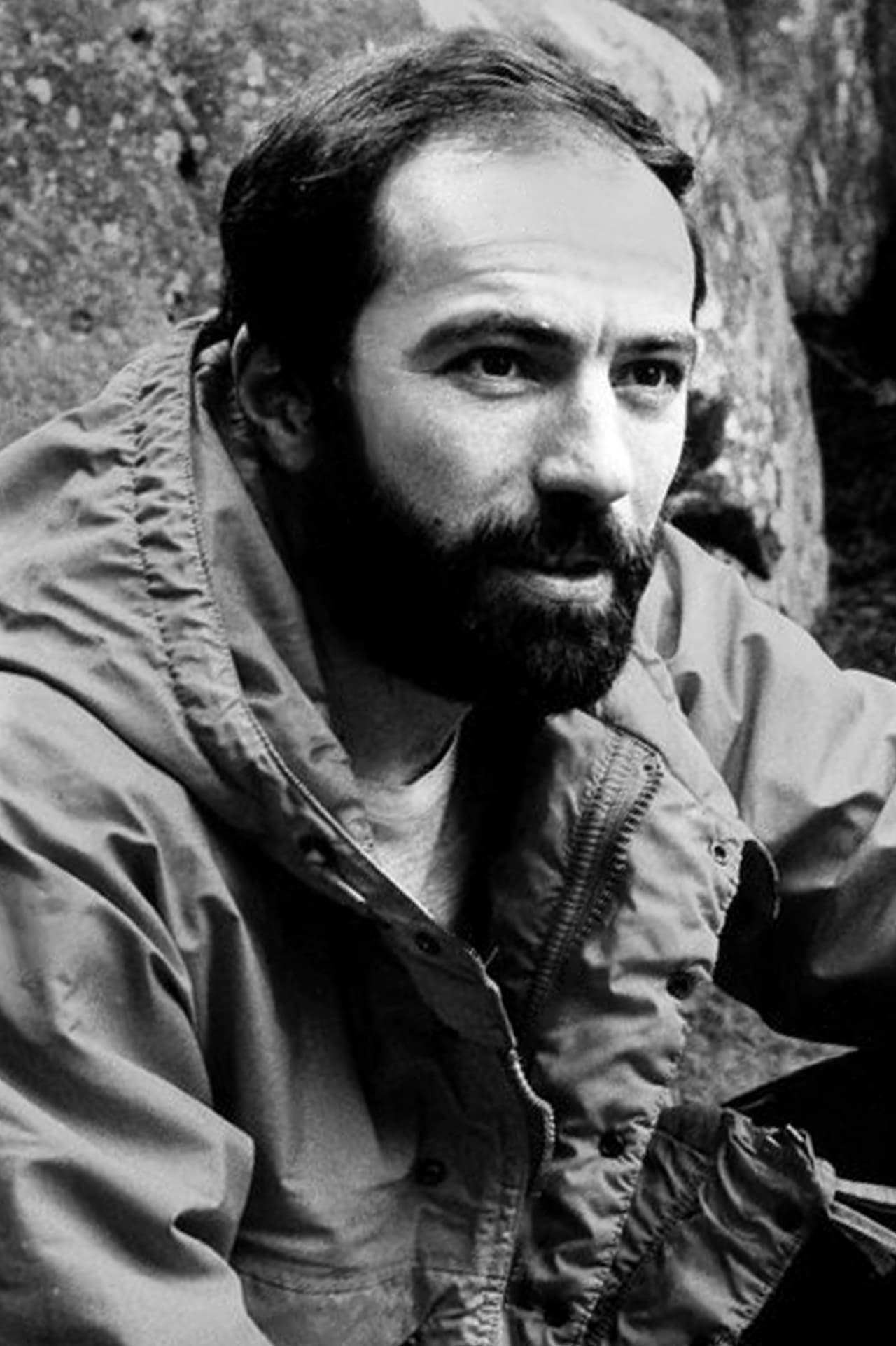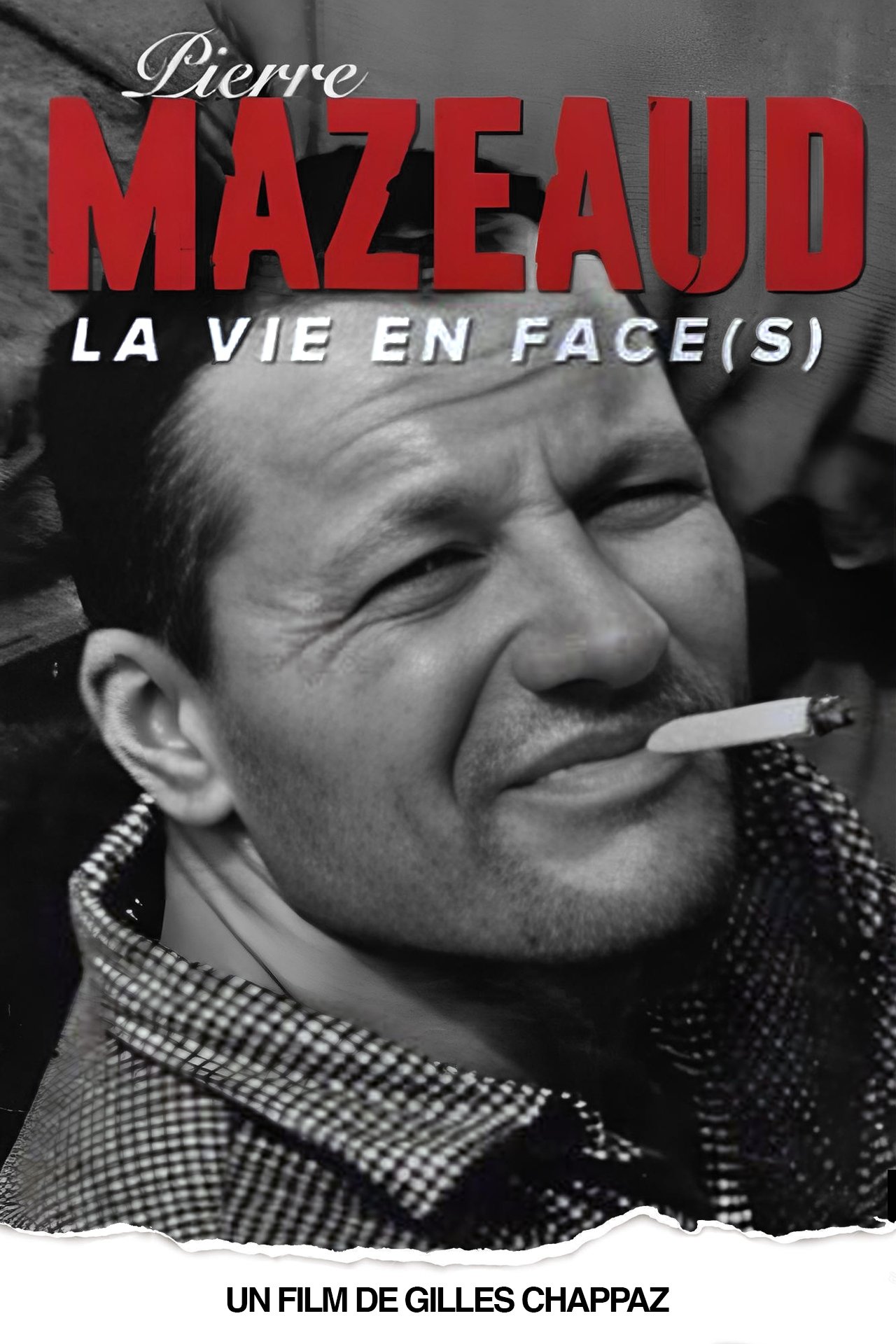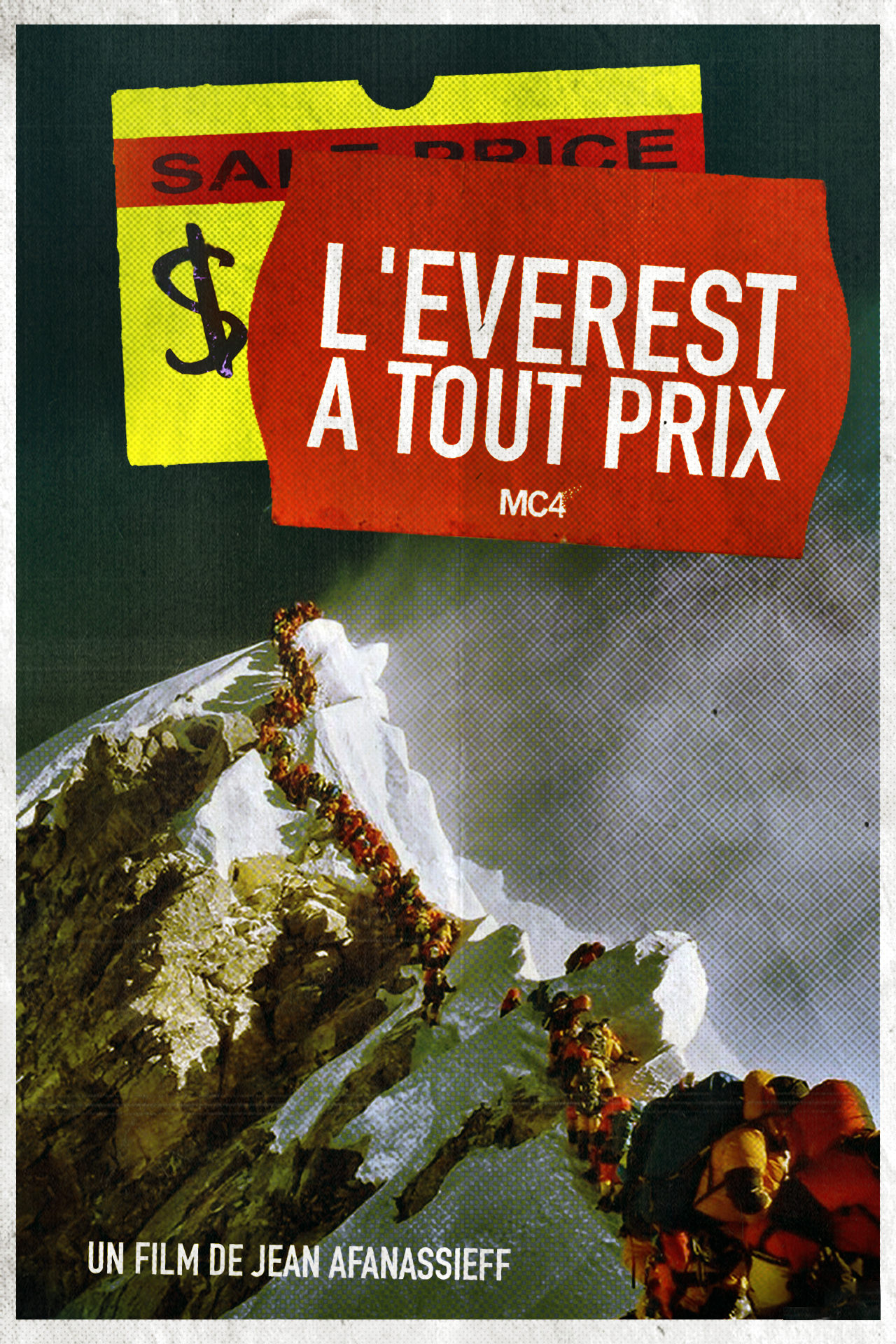

Pierre Mazeau has managed to unite three of his passions which seem to have nothing in common, at a very high level: mountaineering, jurisprudence and policy. The Everest mountaineer, rescued from the Freney Pillar, the passionate jurist, the former sports minister, privy counsellor, and president of the French Constitutional Court is a charismatic personality. This sensitive film portrait follows a line, which Pierre Mazeaud himself has quoted: “Alpinism belongs to those who provide themselves with means to reach their goals, to those who are fully committed to a goal, to those, who know the value of solidarity of men, and to those who are aware that true human existence can only be fulfilled by proceeding with a team of roped-partners.”

In 1983, three climbers became the first French people to reach the summit of Everest. Among them were expedition leader Pierre Mazeaud and a promising 25-year-old climber, Jean Afanassieff. Twenty years later, the two legends, accompanied by mountain guide Michel Pellé, retrace the steps of their exploit and make the trek from Kathmandu to the foot of the roof of the world. This is an opportunity to retrace the history of the successive assaults on Everest and to assess the current situation of a mountain that has become a victim of its own success: while Sherpas have been able to take advantage of Western enthusiasm and thus enrich themselves and equip the summit to make it more accessible, the site's attendance poses numerous problems, both human and ecological.
Nicolas Jaeger, born in 1946 in Boulogne-Billancourt and died in 1980 in Lhotse, is a French doctor and mountaineer. He is the author of more than a hundred solo ascents in the Mont-Blanc massif and in the Andes, including many “first solos”. On October 15, 1978, he was one of the first French people to reach the summit of Everest, with Pierre Mazeaud and Jean Afanassieff accompanied by the Austrian Kurt Diemberger, altitude cameraman. Son of photographer Janine Niépce and film producer Claude Jaeger, Nicolas Jaeger was born on October 20, 1946 in Boulogne-Billancourt. He was very close to his grandfather Niepce, one of the pioneers of aviation, co-founder of the Construction of flying machines and spare parts company, with whom he learned whole passages from the Adventures of Tintin albums by heart, developing according to his mother his vocation as an adventurer. He studied medicine and practiced mountaineering: he became a doctor and in 1975 graduated from his promotion as a mountain guide. In 1977, Nicolas Jaeger was the leader of an expedition to Peru during which he opened new routes alone on several peaks over 6,000 meters. He returned to Peru in 1978 for an ultra-light expedition which again allowed him to make his first solo ascents. The same year, Nicolas Jaeger participated in the first ascent of Everest by a French expedition led by Pierre Mazeaud, with Jean Afanassieff and Kurt Diemberger. He reached the summit on October 15 with Afanassieff and they were the first to descend an 8,000-meter peak on skis. This heavy expedition, with its many porters, oxygen cylinders, altitude camps, does not correspond to the style of mountaineering practiced by Nicolas Jaeger, a light mountaineering, often alone. But this expedition is an opportunity for him to climb Everest (a mountain still rarely climbed at the time), to benefit from a media exposure which will facilitate his future projects and to observe the behavior of the human body at high altitude. . The following year, he went to live alone from July 27 to September 27, 1979 at an altitude of 6,700 meters in Peru, under the summit of Huascarán, to study human physiology at high altitude on his own. He is looking for “a kind of super-acclimatization” made possible by prolonged stays at altitude. He writes a daily diary of his stay, the Carnets de solitude, which he will publish on his return. Not having suffered from altitude sickness during this long stay, he noticed his great ability to acclimatize to altitude. With his experience of altitude and solo mountaineering, he returned to the Himalayas in 1980 with the goal of climbing the south face of Lhotse, alone, without oxygen, without the help of porters. On April 28, 1980, Jaeger disappeared after being last seen nearly 8,200 meters above sea level on the south face of Lhotse. He was married and the father of two daughters.
By browsing this website, you accept our cookies policy.